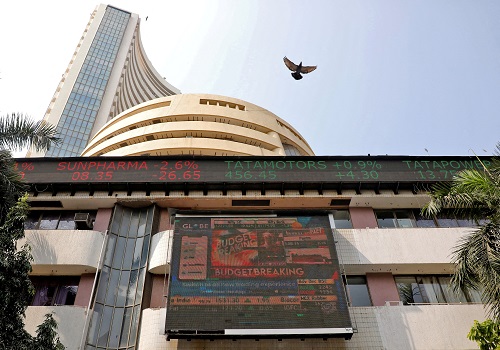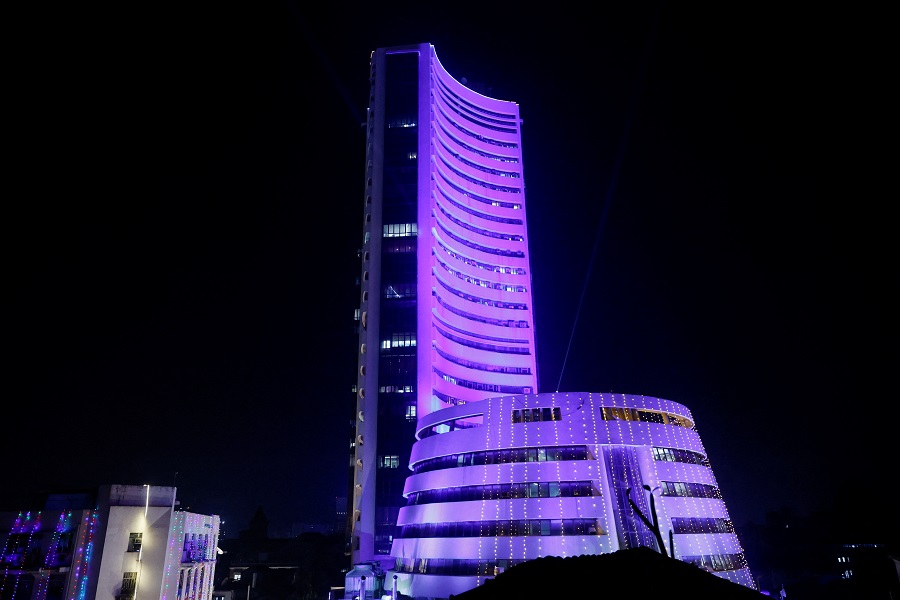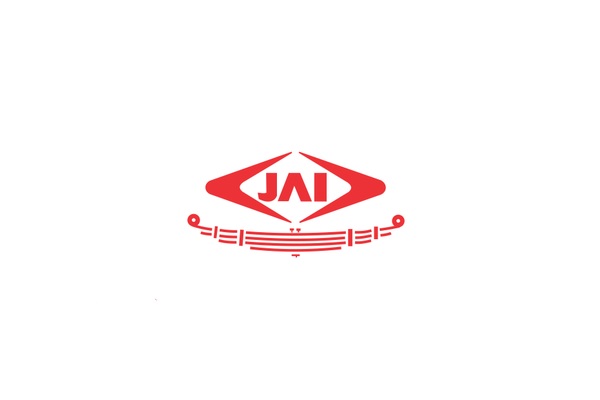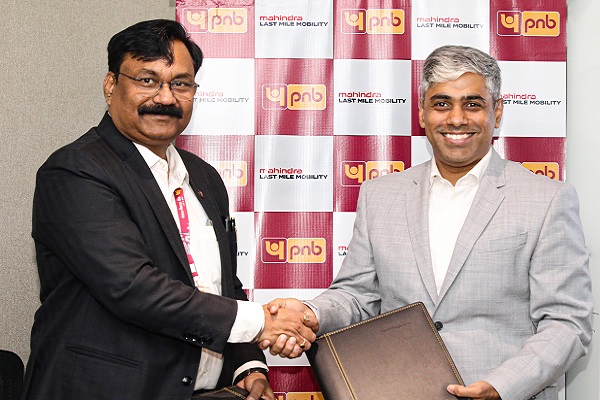Automobiles Sector Update : Tractor industry up 9.2% in Q1; outlook remains positiveby Motilal Oswal Financial Services Ltd
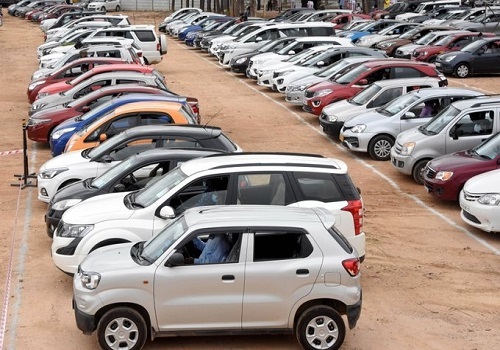
Tractor industry up 9.2% in Q1; outlook remains positive
Mahindra & Mahindra (MM) continues to outperform across key segments
* The Indian tractor industry recorded a 9.2% YoY volume growth in Q1FY26, delivering 286k units. Growth was led by strong demand in the 41-50HP segment, which posted a 13.5% YoY increase, contributing ~65% to industry volumes. The sub-30HP segment outperformed with a 21.3% YoY growth in Q1.
* West and North India’s contribution to the tractor industry has increased over the years, and together, they now account for 75% of the industry in FY25.
* MM continues to outperform the industry, posting 10.5% YoY growth in Q1. Its market share improved 50bp YoY to 45% in Q1.
* TAFE and John Deere (JD) are other peers that have outperformed the industry with 12%/14% growth, respectively, in Q1.
* The 9.2% growth in Q1 indicates a stronger-than-expected start to FY26, supported by a favorable Rabi harvest realization and pre-season inventory stocking ahead of Kharif. However, the monsoon performance and rural liquidity will remain key variables to watch in the coming quarters. Our preferred pick in tractors is MM
Segmental trends: Shifting preference toward higher HP
* The Indian tractor industry recorded a 9.2% YoY volume growth in Q1FY26, delivering 286k units. Growth was led by strong demand in the 41-50HP segment, which posted a 13.5% YoY increase and contributed ~65% to industry volumes in Q1 (up from 62.6% YoY).
* The sub-30HP segment also saw robust growth of 21.3% YoY, likely driven by demand from marginal landholders and increased preference for compact tractors in horticulture.
* In contrast, the 31-40HP segment underperformed, marking a 4.2% YoY decline in Q1, reflecting a shift in preference toward higher horsepower tractors.
* MM continues to outperform the industry, posting 10.5% YoY growth in Q1. Its market share improved 50bp YoY to 45% for Q1.
* TAFE is another player that outperformed the industry in Q1, posting 12% YoY growth. It is the second-largest player in the segment with a market share of 17.6%, marking ~50bp YoY increase.
* ITL is the third-largest player in the industry and has held a fairly stable market share of around 13% over the years. In Q1, ITL underperformed the industry with just 4% growth.
* Among the top four players, Escorts Kubota was the only player to post a 2% YoY decline in volumes in Q1. As a result, it lost about 110bp market share to 10%.
* JD posted a 14% growth in Q1 and enjoys a fairly stable market share of 8.4%. It is a market leader in the >51HP segment in India.
* The 9.2% growth in Q1 indicates a stronger-than-expected start to FY26, supported by a favorable Rabi harvest realization and pre-season inventory stocking ahead of Kharif. Sustained momentum in higher HP categories suggests continued mechanization trends and demand for heavier-duty operations. However, monsoon performance and rural liquidity will remain key variables to watch in the coming quarters.
Segmental trends: Shifting consumer preference towards higher HP tractors <30HP segment (0.7% CAGR over FY19-25):
* The segment's contribution to total industry volume hovered between 8.3% and 10.6% from FY19 to Q1FY26. After peaking at over 100,000 units in FY23, sales volumes moderated to 78,438 units in FY25.
* MM has continued to consolidate its leadership position in this segment over the years, with its market share rising from 44% in FY19 to a commanding 54.2% in Q1FY26.
* TAFE remains the second-largest player in this segment. However, its market share has declined over the years and currently stands at 14.2% (17% in FY19).
* Escorts Kubota holds the third position with a share of 12.3%, but has lost some share after peaking at 15.5% in this segment in FY23.
* A notable trend is the significant decline in share of VST in this segment, whose market share eroded from nearly 10% in FY19 to just over 3% by Q1FY26.
31-40HP segment (-3% CAGR over FY19-25):
* This category saw the most significant erosion in its market position. Its share in the industry steadily declined from 35.6% in FY19 to 25% in FY25, and further to 23.9% in Q1FY26.
* Even in this segment, MM has successfully expanded its leadership, growing its market share from 38.6% in FY19 to 45.9% in Q1FY26.
* ITL is another outperformer in this segment. Its market share rose from 12.5% in FY19 to 17.4% in FY25, gradually closing in with the second-largest player, TAFE.
* TAFE has maintained its position as the second-largest player in this segment with a share of 20.9% in Q1.
* Escorts Kubota lost significant ground in this segment, with its share falling from 16.5% in FY19 to 8.7% in Q1FY26.
41-50HP segment (8.4% CAGR over FY19-25):
* This is the largest, fastest-growing, and most critical segment, now accounting for the majority of tractor sales in India. Its contribution to the market has surged from 47.3% in FY19 to an overwhelming 65.2% in Q1FY26. This segment is the primary driver of overall industry volumes, having posted an 8.4% volume CAGR over FY19-25.
* While MM remains a strong player even in this segment, its market share gains here have been modest compared to other segments. Its share has improved to 43.8% as of Q1FY26 from 42.9% in FY19.
* TAFE is the consistent number two player, although its market share has slightly decreased over time, standing at 17.3% in Q1.
* ITL and Escorts Kubota have long been locked in a close contest for the third position, with ITL losing by a slim margin in each of the past six years. However, ITL is now the third largest player in this segment, holding a 12.1% share, ahead of Escorts Kubota, which saw its share fall 200bp from FY25 levels to 10.5% in Q1FY26.
* JD has maintained a stable share in this segment over the years in the range of 9-10%.
>51HP segment (-15.5% CAGR over FY19-25):
* This high-power segment, which caters to large-scale farming and commercial applications, has seen a significant decline in industry share—falling to 1.6% of total industry sales as of Q1FY26 from 7.5% in FY19.
* This is the only segment where MM has faced significant competition from JD over the years.
* While MM took the leadership position from JD in this segment in FY23, JD regained the top spot in Q1FY26 with a 40.2% share (up from 39.3% in FY25), ahead of MM, which stood at 39.3% (down from 40.8% in FY25).
* ITL and Escorts Kubota, once major players with shares of 20.6% and 9.4% in FY19, saw their market shares drop to 6.1% and 1.6% in Q1FY26.
Regional trends: Notable transformation in the geographic landscape
Over the years, West and North India’s contribution to the tractor industry has increased, and together, they now account for 75% of the industry in FY25. West India has emerged as the largest contributor to the country’s tractor sales, with contribution rising to 37.9% in FY25 (further to 38.6% in Q1, from 28.9% in FY19). North India’s contribution has largely remained stable over the years at the 34% mark. South India’s contribution to tractor sales has declined to 14.9% in FY25 (further down to 13.7% for Q1, from 19% in FY19), while East India’s contribution dipped to 10.3% in FY25 (from 17.5% in FY19, but up to 13.8% in Q1).
West India:
* West India's contribution to the total market has steadily increased from 28.9% in FY19 to become the largest region with a 37.9% share in FY25 and further to 38.6% in Q1FY26.
* MM, while already the market leader, has seen steady gains in this segment over the years, with regional market share rising from 39.1% in FY19 to a formidable 46% in Q1FY26.
* TAFE holds the second position with a fairly stable market share, which stood at 16.5% in Q1FY26.
* ITL has shown steady upward momentum, emerging as the third-largest player in the industry after displacing Escorts Kubota. Its market share improved to 12.4% in Q1FY26 (from 10.9% in FY19), while Escorts Kubota’s share declined to 10.6% (from 13.3% in FY19).
* JD maintains a consistent but smaller presence with a market share of around 8- 9%.
North India:
* As a traditional tractor stronghold, North India remains a vast and critically important market for all players, characterized by established competition. Its contribution has remained relatively stable, fluctuating between 34% to 38% over the years.
* MM leads the region, steadily increasing its share from 35.3% in FY19 to nearly 39% by FY25. However, its market share remains below the pan-India average in this region.
* Despite being a South-based player, TAFE has maintained a strong and steady hold in this region. It remains the second-largest player in this region, holding a 23.2% share in Q1FY26.
* ITL (Sonalika) and Escorts Kubota once again remain locked in a close battle for the third spot, with both players holding shares in the 13-14% range. In Q1, ITL pipped Escorts Kubota for the third spot with a 13.1% share, slightly ahead of Escorts’ 12.7%.
South India:
* South India is the only region with a significant and continuous decline in the national tractor market share. Its industry share has declined from 19.0% in FY19 to just 13.7% in Q1FY26.
* Similar to other regions, MM is a dominant player in this region, holding a 46.6% share in Q1FY26.
* Both ITL and JD have improved their regional shares, with ITL rising to 11.7% in Q1 (from 7.9% in FY19) and JD to 19.7% (from 15.9% in FY19).
* TAFE, traditionally strong in the South, has lost substantial ground, with its share falling from 16.8% in FY19 to around 13% in Q1.
East India:
* From a high of 17.5% in FY19, East India’s contribution to domestic tractor sales declined to a low of 9.8% in FY23. However, it has gradually recovered, reaching 13.8% in Q1FY26.
* MM has maintained a strong presence in this region and has further strengthened it over the years. Its share rose to an all-time high of 56.3% in Q1FY26 from 46.8% in FY19.
* ITL is the second-largest player in this region, with a 14.7% share in Q1, which has largely remained stable over the years.
* The third-largest player in this region, TAFE, saw a slight decline in its market share to 11.8% in Q1 from 13.2% in FY19.
* Escorts Kubota witnessed a significant market share erosion in the region, falling from 13.2% in FY19 to an all-time low of 7.2% in Q1.
For More Research Reports : Click Here
For More Motilal Oswal Securities Ltd Disclaimer
http://www.motilaloswal.com/MOSLdisclaimer/disclaimer.html
SEBI Registration number is INH000000412
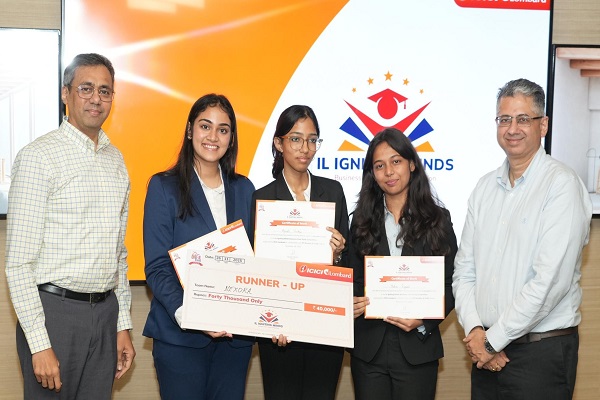


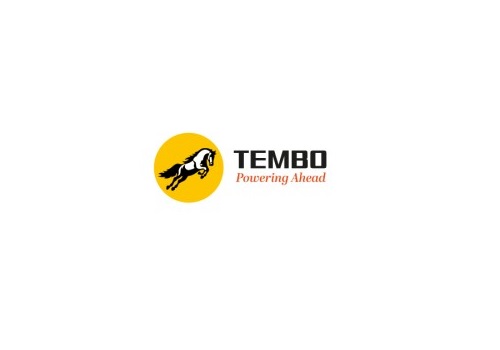


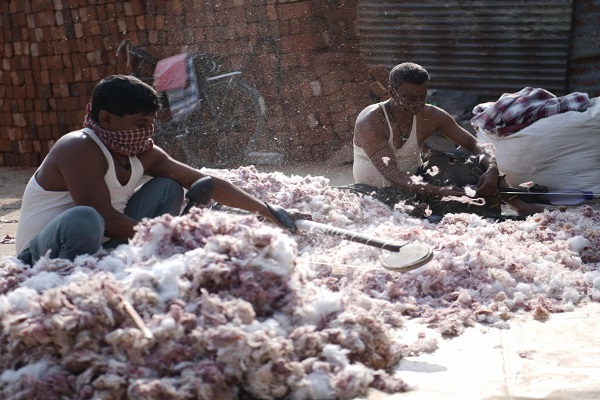


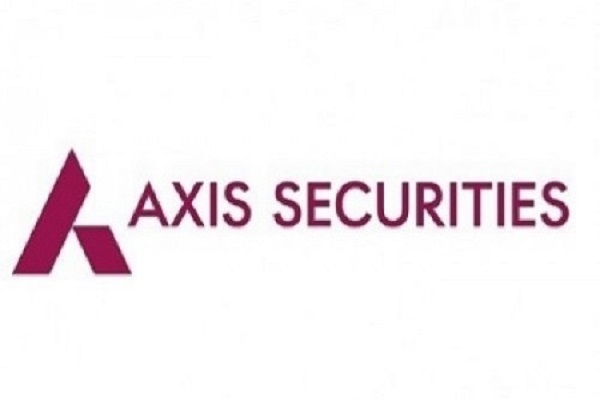
More News

Capital Goods Sector Update : Time to be selective - Motilal Oswal Financial Services







